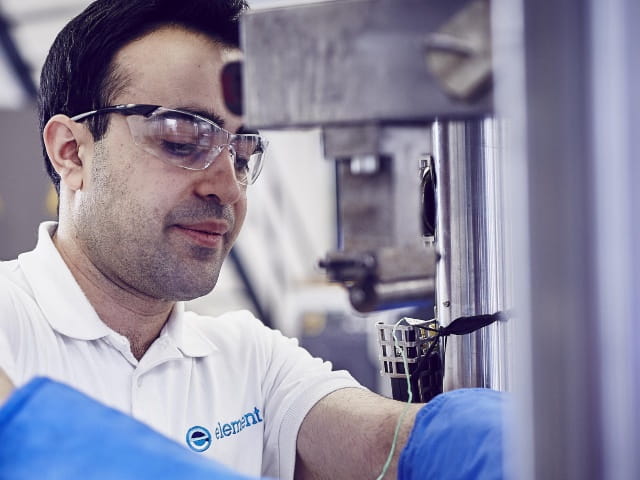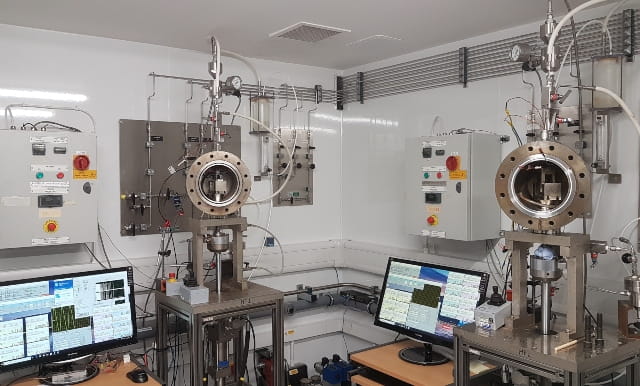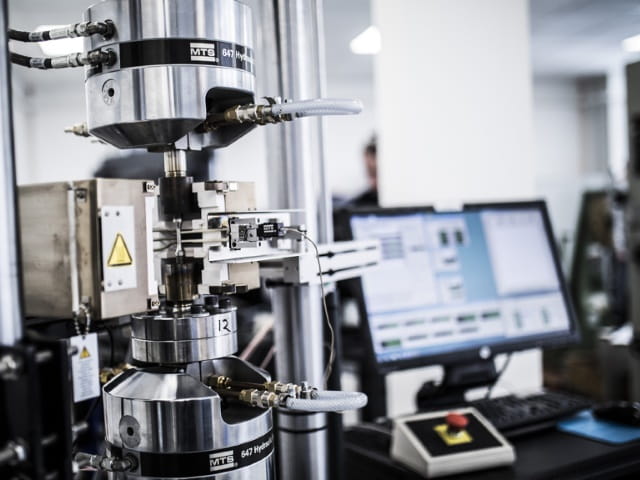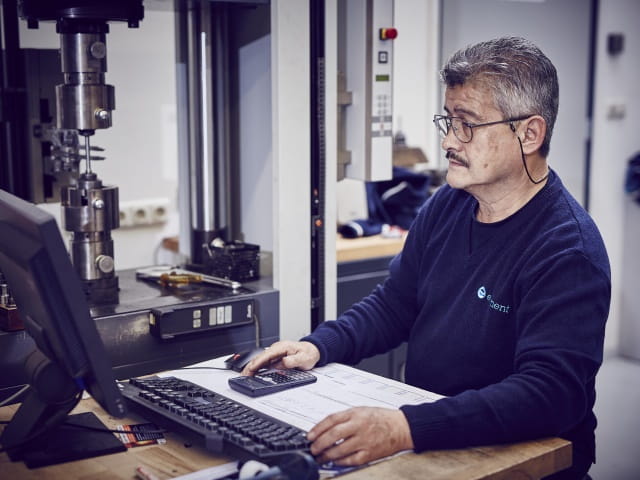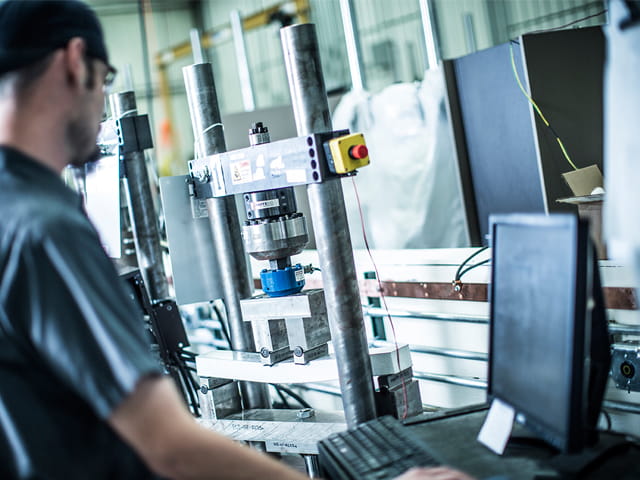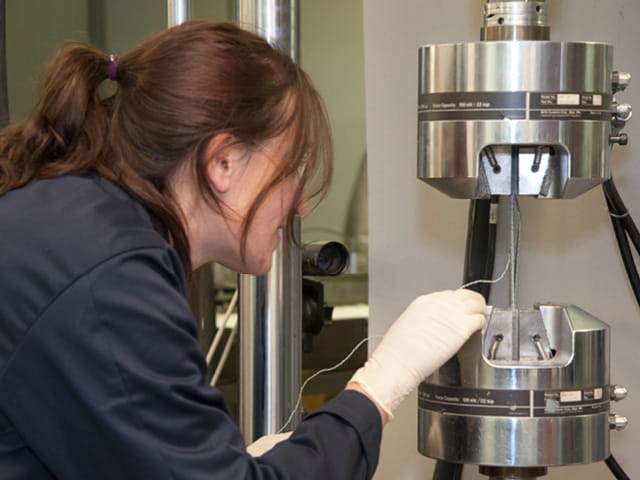Element delivers a wide range of fracture toughness and mechanics testing services to help you estimate the life of your components, reduce costly repairs, improve designs, and prolong a component’s life expectancy.
Fracture toughness testing is a mechanical test method used to determine the energy needed to initiate and cause failure within a material. It can also be used in conjunction with fatigue testing, corrosion testing, and elevated temperatures to determine the useful life of the material under different conditions.
Our fracture toughness testing services
Using advanced techniques and equipment, our experts provide valuable insight into material performance, helping you make critical determinations about the safety, fitness, and longevity of metallic, non-metallic, and advanced materials. As a single-source provider of mechanical testing, we can assist in creating a testing program that gives you confidence in your products and materials.
Our services include characterizing fracture toughness through single point critical values (CTOD, J integral, and K) as well as tearing resistance diagrams (J-R and CTOD-R curves), following the international standards including BS 8571, ISO 12135, ASTM E1820, ASTM E1921.
Fracture toughness specimen geometries
Element is well equipped to perform this testing and analysis on a vast range of specimen size and crack geometries, including but not limited to:
- Compact Tension (CT)
- Middle Tension (MT)
- Single-Edge Notched Tension (SENT)
- Single-Edge Notched Bend (SENB or three-point bend)
- Extended Compact Tension (ECT)
- Centre Cracked Tension (CCT)
- Surface Cracked Tension (SCT)
- Composite Materials under modes I, II and III loading
Materials class and fracture mechanics test capabilities
Our experts test high-strength ferrous, nonferrous, polymer, and composite materials using advanced computer-controlled servo-hydraulic test frames. Coupled with decades of experience and many successful applications, our advanced equipment control, processes, and data acquisition methods allow us to guide you on even the most complex test results.
There is also the possibility to create a custom testing analysis and accommodate any request for non-standard fracture mechanics testing protocol for your specific application or environment. Element offers Fracture Mechanics and Toughness Testing in Sour Environment (in-situ) for the oil and gas industry as their pipelines and equipment are often exposed to sour service gases and liquids. Our services for the energy industry also include Hydrogen Piping System Testing according to ASME B31.12.
Fracture Mechanics Testing Whitepaper
Applying fracture mechanics to predict pipeline cracking and failure. This article provides an understanding of the different test methods and sample geometries used to determine fracture toughness. FREE DOWNLOADFracture Mechanics in the Environment
To learn more about the detrimental effect of environmental parameters on fracture toughness, download our article below.
FREE DOWNLOADFracture Toughness Testing in Sour Service
Our Engaged Expert, Rodolfo Amoriello has carried out research to develop a better understanding of how the SENT test technique influences fracture toughness in sour service. LEARN MOREFracture Toughness Testing of PMMA Bone Cement
In this article, we discuss the methodology for measuring fracture toughness of polymethyl methacrylate (PMMA) bone cement, used within the medical industry for arthroplasty surgery.
LEARN MOREThe Element advantage
Our Engaged Experts provide valuable insight into material performance, helping manufacturers make critical determinations about the safety, fitness, and longevity of metallic, nonmetallic, and advanced materials. As a single-source provider of mechanical testing services, we can assist in creating a testing program that gives you confidence in your products and materials.
We support a wide range of industries, from Transportation, Aerospace, and Defense suppliers to Oil and Gas, Power Generation, and Infrastructure.
For more information, or to receive a quote, contact an expert today.
Related Services
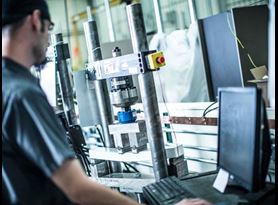
Fatigue Testing
Find out how Element's fatigue testing labs help companies meet quality requirements and create safer, stronger, more successful parts and products.
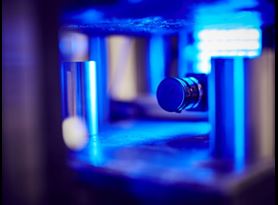
Engineering Critical Assessment (ECA) Services
Element provides Engineering Critical Assessment (ECA) to determine if a flaw in welded structures is safe from brittle fracture, fatigue, or creep.
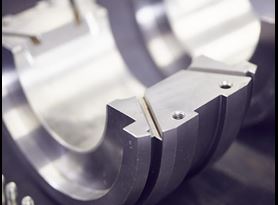
Metallurgical Testing
Find out about Element's range of metallurgical testing services, including microscopy, corrosion evaluation, hardness and on-site services.

Mechanical & Destructive Testing
Element's mechanical tests are part of our destructive testing services, they show whether a material or part is suitable for its intended mechanical applications.
